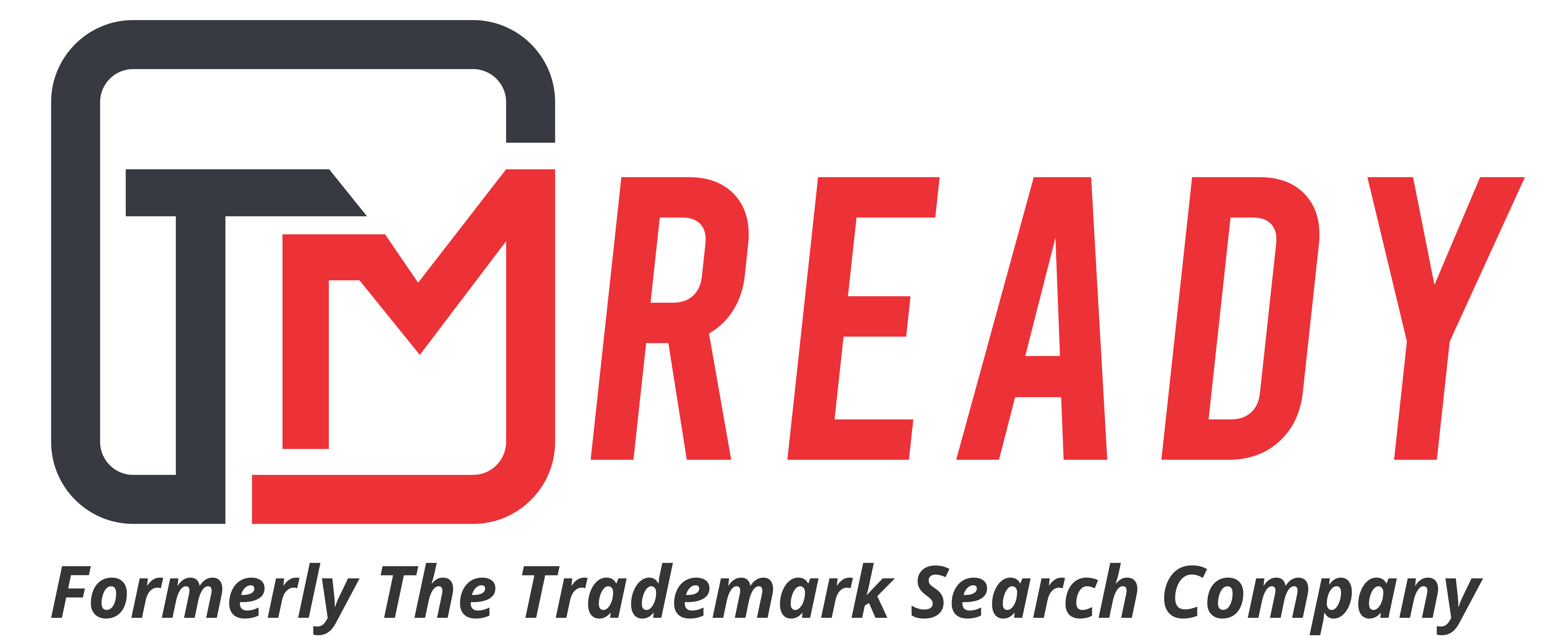What is the Madrid Protocol?
The Protocol Relating to the Madrid Agreement Concerning the International Registration of Marks (Madrid Protocol) is an international treaty that allows a trademark owner to seek registration in any of the countries that have joined the Madrid Protocol by filing a single application, called an “international application.” The International Bureau of the World Intellectual Property Organization, in Geneva, Switzerland administers the international registration system.
Where can I get more information about the Madrid Protocol?
The legislation, regulations, and guide for implementing the Madrid Protocol in the United States and notices regarding paper filings are posted on the USPTO website: www.uspto.gov.
Who can submit an international application through the USPTO?
Any trademark owner with an application filed in or a registration issued by the USPTO and who is a national of has a domicile in, or has a real and effective industrial or commercial establishment in the United States can submit an international trademark application through the USPTO.
What is a Notice of Irregularity with respect to an International Application?
If the Madrid Protocol filing requirements have not been met, the International Bureau will send a notice to both the USPTO and the international applicant that explains the problems with the application. These notices are referred to as “Notices of Irregularity.” Responses to irregularity notices must be received by the International Bureau within the time period indicated in the irregularity notice.
What are the requirements for submitting an international application through the USPTO?
To file an international application through the USPTO, an applicant must have a U.S. application, called a “basic application” or a U.S. registration, called a “basic registration.” The mark and the owner of the international application must be the same as the mark and the owner of the basic application or registration. The international application may be based on more than one USPTO application or registration provided the mark and the owners are the same for each basic application and/or registration.
The international application must include a list of goods and services that are identical to or narrower than the list of goods or services in the basic application or registration. The international applicant must pay the U.S. certification fee(s) at the time of submission and identify at least one Contracting Party in which an extension of protection (that is, registration in a Contracting Party) is sought.
A list of the minimum requirements for obtaining a date of receipt of an international application in the USPTO is set forth in 37 C.F.R. §7.11(a). See notice of final rules published in the Federal Register, 68 FR 55748 (Sept. 26, 2003).
The requirements for a complete international application are set forth in Article 3 of the Protocol and Rule 9 of the Common Regulations Under the Madrid Agreement Concerning the International Registration of Marks and the Protocol Relating to That Agreement (Common Regulations). The Common Regulations are currently available on the WIPO website at http://www.wipo.int/madrid/en/
Who examines the petition to review the denial of certification of an international application?
The Petitions staff attorneys in the Office of the Commissioner for Trademarks (Petitions Office) handle all Madrid petitions in an expedited time frame.
Can an international applicant claim a priority filing date based on a U.S. basic application?
Yes. A claim of priority in an international application may be based on a U.S. application in accordance with Article 4 of the Paris Convention even if the filing date of the basic application precedes the implementation date of the Madrid Protocol in the United States. The international application must both (1) assert a claim of priority and (2) be filed in the USPTO within six months after the filing date of the basic application that forms the basis of the priority claim.

